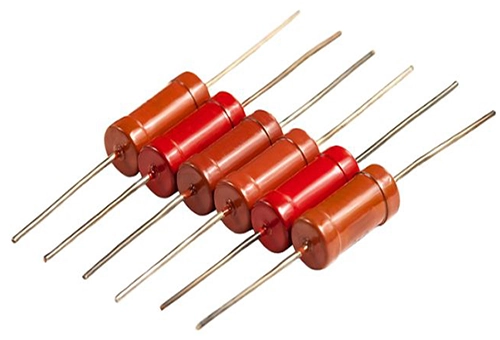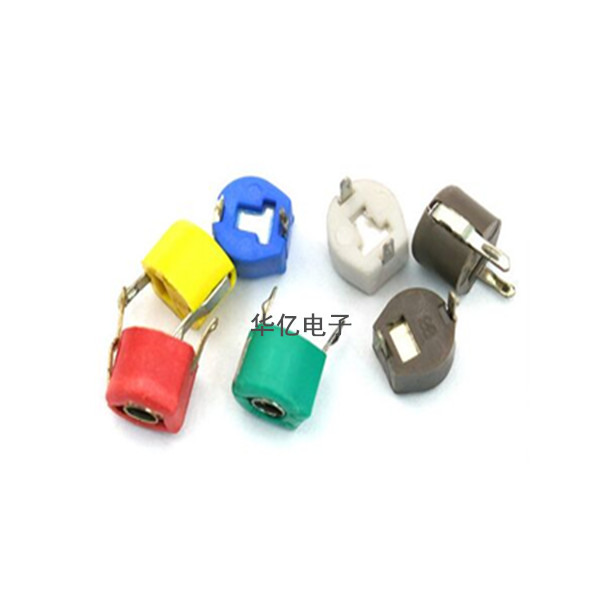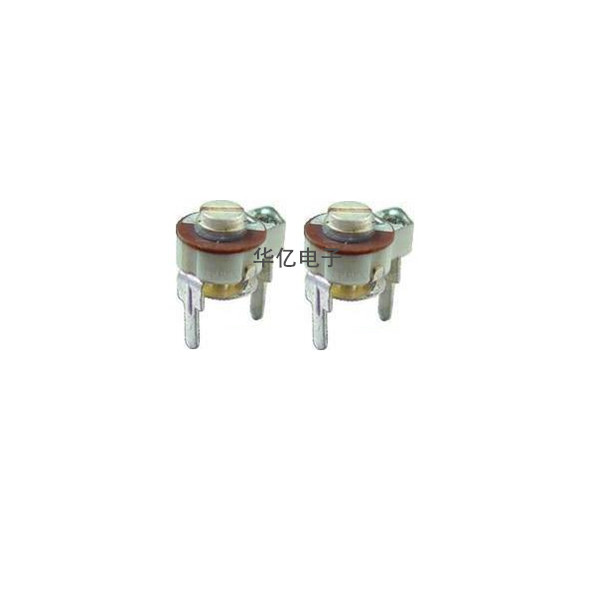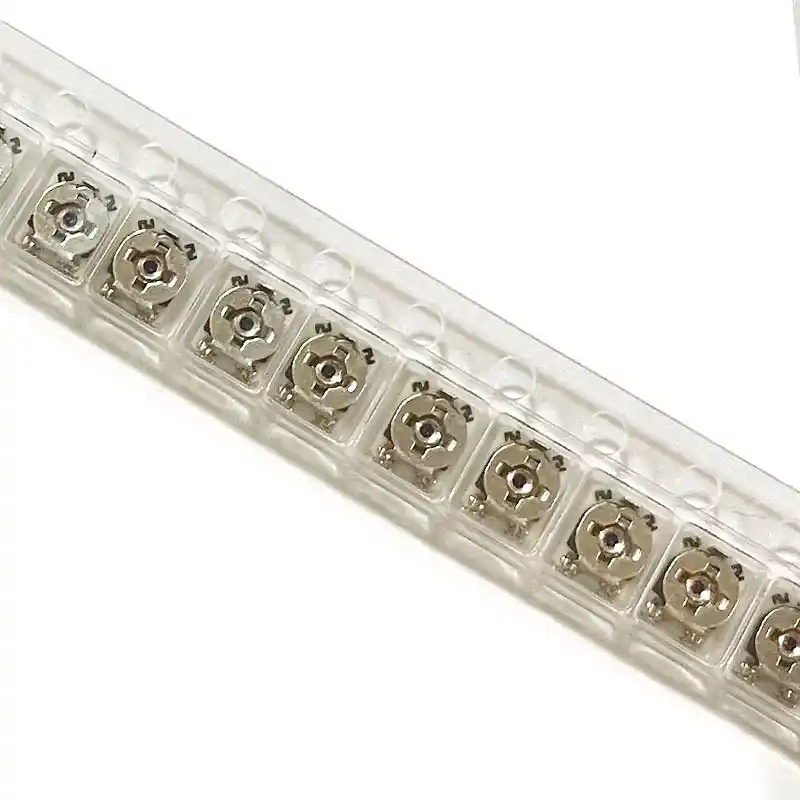Diode Knowledge: Main Parameters, Working Principles, and Functions of Zener Diodes
Zener diode, also known as Zener diode, is a voltage regulator diode. Its English name is: Zenerdiode, It is a commonly used type of diode that utilizes the reverse breakdown state of a pn junction, where the current can vary over a large range while the voltage remains relatively constant, to create a diode that stabilizes voltage. Today we will introduce the main parameters, working principle, and function of voltage regulator diodes.
Main parameters of voltage regulator diode:
1. Stable voltage (Uz)
The stable voltage value generated at both ends of a voltage regulator diode when passing through its rated current. This value varies slightly with different operating currents and temperatures. Due to differences in manufacturing processes, the voltage regulation values of the same type of voltage regulator diode are not completely consistent. For example, the Vzmin of the 2CW51 type voltage regulator diode is 3.0V, while the Vzmax is 3.6V.
2. Rated current (Iz)
The current value passing through a voltage regulator diode when it generates a stable voltage. When the voltage is lower than this value, although the voltage regulator diode is not unable to stabilize the voltage, the stabilizing effect will deteriorate; Above this value, as long as the rated power loss is not exceeded, it is also allowed, and the voltage regulation performance will be better, but it will consume more electricity.
3. Dynamic resistance (Rz)
The ratio of the voltage change at both ends of a voltage regulator diode to the current change. The ratio varies with the working current, generally the larger the working current, the smaller the dynamic resistance. For example, when the operating current of the 2CW7C voltage regulator diode is 5mA, Rz is 18 Ω; When the working current is 10mA, Rz is 8 Ω; When the current is 20mA, Rz is 2 Ω;> 20mA basically maintains this value.
4. Rated power consumption (Pz)
The temperature rise allowed by the chip is determined by the product of the stable voltage Vz and the maximum allowable current Izm. For example, if the Vz of the 2CW51 voltage regulator diode is 3V and Izm is 20mA, then the Pz of the transistor is 60mWo
5. Reverse leakage current (IR)
The leakage current generated by a voltage regulator diode under a specified reverse voltage. For example, when VR=1V for 2CW58 voltage regulator diode, IR=O.1uA; At VR=6V, IR=10uA。
6. Temperature coefficient (α)
If the temperature of the voltage regulator diode changes, its stable voltage will also undergo slight changes. The relative change in voltage at both ends of the tube caused by a temperature change of 1 ℃ is the temperature coefficient (unit:%/℃). Generally speaking, a voltage stabilization value below 6V belongs to Zener breakdown, and the temperature coefficient is negative; A voltage higher than 6V belongs to avalanche breakdown, and the temperature coefficient is positive. When the temperature increases, the depletion layer decreases. In the depletion layer, the valence electrons of atoms rise to higher energy, and a smaller electric field strength can excite the valence electrons from the atoms to produce Zener breakdown. Therefore, its temperature coefficient is negative. Avalanche breakdown occurs when the depletion layer is wide and the electric field strength is low. As the temperature increases, the vibration amplitude of lattice atoms increases, hindering the movement of charge carriers. In this case, only by increasing the reverse voltage can avalanche breakdown occur, so the voltage temperature coefficient of avalanche breakdown is positive.
The working principle of voltage regulator diode:
The forward characteristic of the volt ampere characteristic curve of a voltage regulator diode is similar to that of a regular diode, while the reverse characteristic is that when the reverse voltage is lower than the reverse breakdown voltage, the reverse resistance is large and the reverse leakage current is extremely small. However, when the reverse voltage approaches the critical value of the reverse voltage, the reverse current suddenly increases, which is called breakdown. At this critical breakdown point, the reverse resistance suddenly drops to a very small value. Although the current varies widely, the voltage across the diode remains stable near the breakdown voltage, thus achieving the voltage stabilization function of the diode.
The function of voltage regulator diode:
To understand the function of a voltage regulator diode, one must also look at its working principle. The working principle of a voltage regulator diode is that it is a type of diode and also has the basic unidirectional conduction characteristics of a diode, that is, forward voltage conduction and reverse voltage conduction. If the reverse voltage of a typical diode exceeds the reverse withstand voltage value of the tube, the tube will be burned out. However, the voltage regulator diode is different. When the pn junction of the regulator diode is broken down, the voltage at both ends remains basically unchanged.

Therefore, from the above analysis, it can be seen that the function of the voltage regulator diode is to maintain voltage stability. When the power supply voltage fluctuates or other reasons cause voltage changes at various points in the circuit, the voltage regulator diode can keep the voltage at both ends of the load basically unchanged. Connecting in series at a higher voltage can protect electronic components in the circuit and prevent them from being broken down by high currents. For example, voltage regulator diodes can be used in series voltage regulator circuits, overvoltage protection circuits in televisions, arc suppression circuits, etc., which can achieve higher stable voltages.







